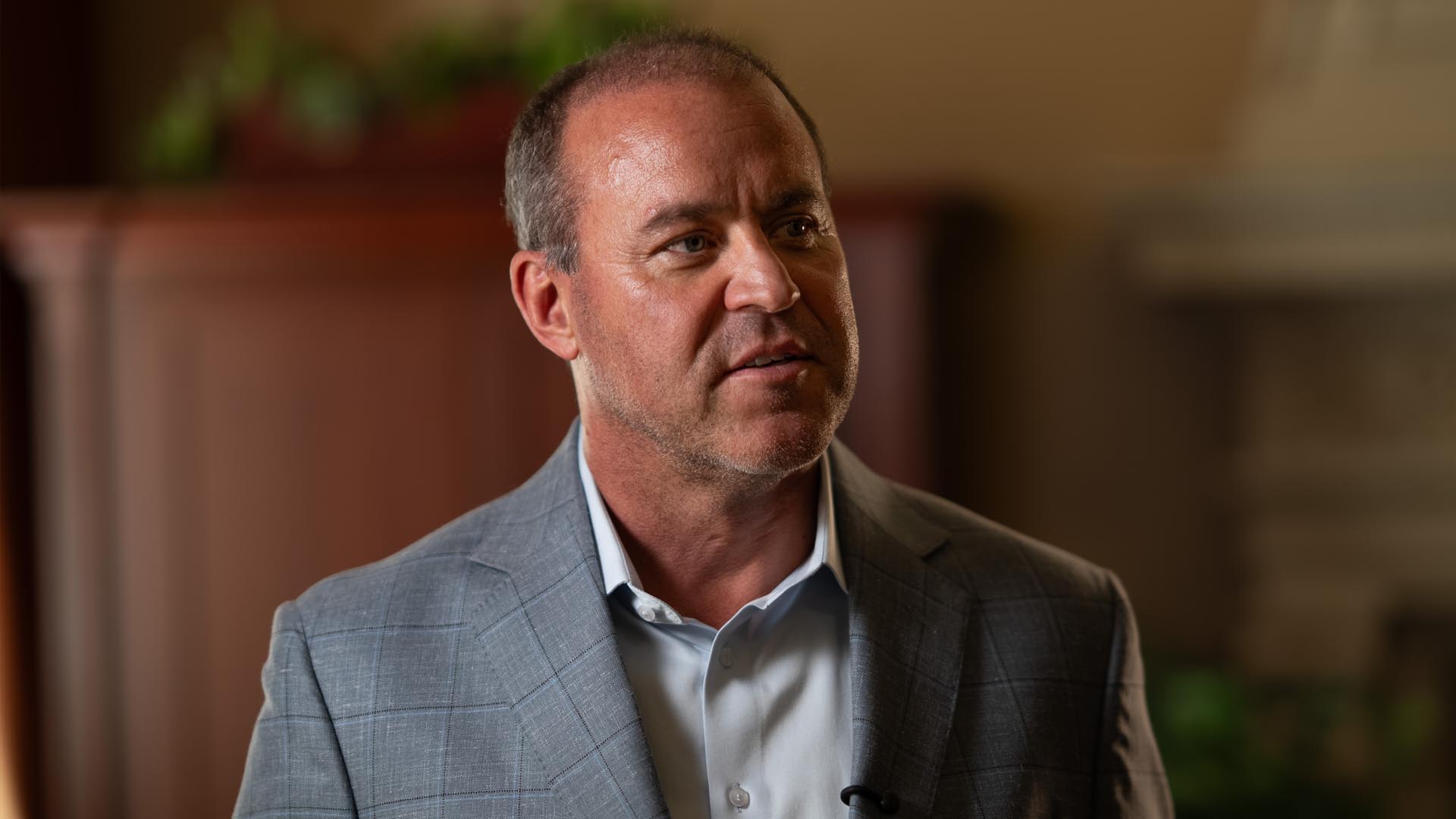One big thing:
A simple two-foot adjustment to the Great Salt Lake’s berm height could store billions of gallons of water, helping recover Utah’s iconic natural landmark.
The Great Salt Lake, which defines Utah’s landscape and ecosystem, has faced dangerously low water levels in recent years. This threatens wildlife habitats, deteriorates air quality, and puts economic activities at risk.
House Speaker Mike Schultz is advocating for a seemingly small but potentially transformative solution: raising the maximum height of the causeway berm from 4,190 to 4,192 feet.
“Raising the berm when needed has proven to be highly effective. Honestly, it’s probably what saved the Great Salt Lake in 2022 from an ecological collapse,” said Speaker Schultz.
Why it matters:
This two-foot difference represents billions of gallons of water—enough to cover miles of exposed lakebed and restore critical wetlands.
The berm, part of the railroad causeway that divides the lake, controls water flow between the north and south arms. The south arm receives most freshwater inflows and supports greater biodiversity, while the north arm is much saltier.
What’s next:
Speaker Schultz plans to work with Governor Cox on including this proposal in an upcoming special legislative session.
The bottom line:
This strategic management approach reflects Utah’s commitment to preserving the Great Salt Lake through informed, practical solutions that leverage the state’s growing understanding of the lake’s ecosystem.
“By taking bold, informed action now, we can raise water levels, protect this valuable ecosystem, and ensure the long-term health of the Great Salt Lake,” Schultz said.



